New (2020) limits for Lead and Cadmium in children’s jewelry available for sale in the State of California
February 16, 2022 – Wednesday
In researching the current jewelry standards as they relate to the Paparazzi Accessories testing I have been doing, I learned that there are new regulatory standards for Jewelry sold in the State of California. I found a summary of the new standards on the website of the law firm Steptoe. This law firm did a really great job of summarizing the new legislation which went into effect in June of 2020. Please read their summary below (and if you want to see the original source post, just click the screenshots, and that will take you directly to the law firm’s site with this original text.) I think it’s great when law firms go through the effort of clearly and simply defining the parameters of new legislation!
Continue reading each of the images below.
In looking up the legislation directly, the first part of the the testing methodology section can be read below (click the image to get through to the full document.)
Continue reading below the image
 How XRF testing relates to the above testing methodology:
How XRF testing relates to the above testing methodology:
The piece of Jewelry pictured above tested positive for the following toxic metals – metals specifically regulated with this new legislation (with a 30-second test using an XRF instrument):
- Cadmium (Cd): 143,600 +/- 8,700 ppm
- Lead (Pb): 119,900 +/- 5,200 ppm
XRF testing can be relied on as a screening tool that normally identifies the presence of heavy metals (including Lead and Cadmium) in ranges consistent with (although perhaps not at levels exactly the same as) the digestive testing methodology noted above.
So – for example – if an XRF instrument reads Cadmium at 350,000 ppm in the base metal of a piece of jewelry it is likely that digestive testing will also come in at or about the same range of roughly 30% Cadmium when that component is isolated and tested separately.
It is also possible, however, that XRF readings for any one specific metal can be “diluted” by other components of an object (made of other metals) if multiple types of material are in the testing window for the test performed [resulting in a lower reading than follow-up laboratory digestive testing might reveal]. The piece of jewelry shown above is a good example…
- The Lead level for these flower earrings came in at about 119,900 ppm using an XRF instrument [testing the front of the pink flower].
- Given my knowledge of the issue, and experience testing consumer goods, I know that the Lead is likely a primary component of the enamel coating on the surface (and/or possibly the gem in the center), and the shiny silver-colored background is likely the source of the Cadmium found in this reading (which registered at about 143,000 ppm from the front of the flower).
- It is possible (and likely) that the Lead level of the enamel might actually be much higher when it is scraped off and tested on its own (without the Cadmium backing being a consideration in the testing; in this example the Cadmium backing is possibly “diluting” the Lead reading).
- It is also likely / expected that the back of these flowers will have a much higher Cadmium reading when the Lead of the enamel is not part of the equation [more consistent with the levels of 300,000 to 400,000 ppm Cadmium found in the silver metal base of similar pieces from this brand — I will test the backing metal separately, and update the post as soon as I have that number (to do this I will have to cut off the earring post)].
With those considerations, the readings of the XRF instrument are still 100% valid in determining that the Lead and Cadmium levels are WAY outside of what might be considered acceptable with the new California regulations — and digestive testing will definitely confirm this, regardless of the specific exact numbers that end up being the final results of that form of testing. Digestive testing results are likely to also be within the same “ballpark” — when isolating the material tested. [In this example, isolating and testing the pink enamel coating separately, or isolating and testing the silver metal of the backing separately].
Said another way, when testing the same item and material:
- If an XRF instrument finds levels in the tens of thousands of ppm, digestive testing will also likely show levels of the same metal in the tens of thousands of ppm (or possibly higher).
- If levels of a given metal are shown to be in the hundreds of thousands of ppm, digestive testing will also likely find the levels to be in the hundreds of thousands of ppm (regardless of the specific number result for each testing methodology)
Continue reading below the image:
Why then (specifically) do the above considerations result in the Paparazzi Accessories being illegal?
The Paparazzi Accessories children’s jewelry that we posted about today (six separate pieces, with more XRF test results to be posted in the coming days – link here) appears to be illegal (both for sale to children and to adults) for many reasons, however one simple (well documented!) fact provides the most clear evidence for this case and it comes down to product packaging and the definition of the word “child.” Here is this “smoking gun” broken down:
- The Paparazzi packaging clearly states that this children’s jewelry (while obviously designed, sized and marketed for younger children) is only intended for children ages 14 and up (see image above.)
- The new (June 2020) California law changed the definition of a child for the purpose of this legislation to be inclusive of children ages 14 and 15 years old (up from the previous age limit of 6 years old.)
- Each of the pieces of children’s jewelry tested so far has tested positive for very high (illegal) levels of Cadmium (illegal if sold to children.) Some have also tested positive for high levels of Lead (illegal levels for both children and adults.)
- As a result it is clear that Paparazzi accessories has officially and formally marketed and labeled this toxic jewelry to 14 and 15 year old children even though it violates the toxicity standards (for both Lead and Cadmium in many cases) for children in that age range.
- This applies to any of this toxicant-containing jewelry sold in the State of California starting in June of 2020 (so for nearly two years now.)
Prior to this new law it might have been possible for Paparazzi Accessories (the company) to argue that “Hey we are not marketing to young children – our packaging clearly states these pieces are only for children age 14 and up!” With the introduction of this new legislation in June of 2020 that assertion gets thrown out the window as no longer applicable given they are blatantly and clearly marketing to children ages 14 and 15 (children who are clearly protected by this law.)
Of course lawyers could (and should) argue that the jewelry in question was obviously designed and sized for smaller children (regardless of what the package says.) I tried the rings on and – as sized out of the package – they do not even fit on my size 5 ring finger. Size 5 is VERY small. So I want to be clear that there are – in fact – more legal points to argue – additional points by which this jewelry should also be considered illegal in the State of California (especially now that California has new, more strict Lead limits also stated for adults and these pieces clearly violate those standards as well.) However this “new” bit of info really nails them on the “not intended for children” argument, which they obviously included on their packaging to protect themselves (and thereby instead implicated themselves in manufacturing toxic jewelry for use by children ages 14 and up!)
All of the reasons this jewelry is illegal in California:
- Many pieces exceed the Lead limits for Jewelry for adults [Note: there is no Cadmium limit in pieces for adults with the new legislation.]
- The “children’s pieces” (identified as such by the former Paparazzi consultants I have spoken with, and clearly intended for small children based on sizing and design considerations) – and any and all of the pieces with the black tag attached actually! – are expressly labeled as being intended for children that are ages covered by the new legislation (and these pieces also exceed the Lead and Cadmium limits for children covered by the legislation.)
- One might separately argue the false advertising claims as well (Nickel-Free & Lead-Free), but that is not necessarily as clear cut (nor as pervasive / inclusive of so many pieces) as the children’s jewelry violation (since ALL of the children’s jewelry examples I have tested so far have tested positive for incredibly unsafe levels of Cadmium!)
For those new to this website:
Tamara Rubin is a Federal-award-winning independent advocate for consumer goods safety and a documentary filmmaker. She is also a mother of Lead-poisoned children. Tamara’s sons were acutely Lead-poisoned in August of 2005. She began testing consumer goods for toxicants in 2009 and was the parent-advocate responsible for finding Lead in the popular fidget spinner toys in 2017. Tamara uses XRF testing (a scientific method used by the U.S. Consumer Product Safety Commission) to test consumer goods for toxicants (specifically heavy metals), including Lead, Cadmium, Mercury, Antimony and Arsenic. All test results reported on this website are science-based, accurate and replicable. Items are tested multiple times to confirm the test results for each component tested. Please click through to this link to learn more about the testing methodology used for the test results discussed and reported on this website.
Never Miss an Important Article Again!
Join our Email List


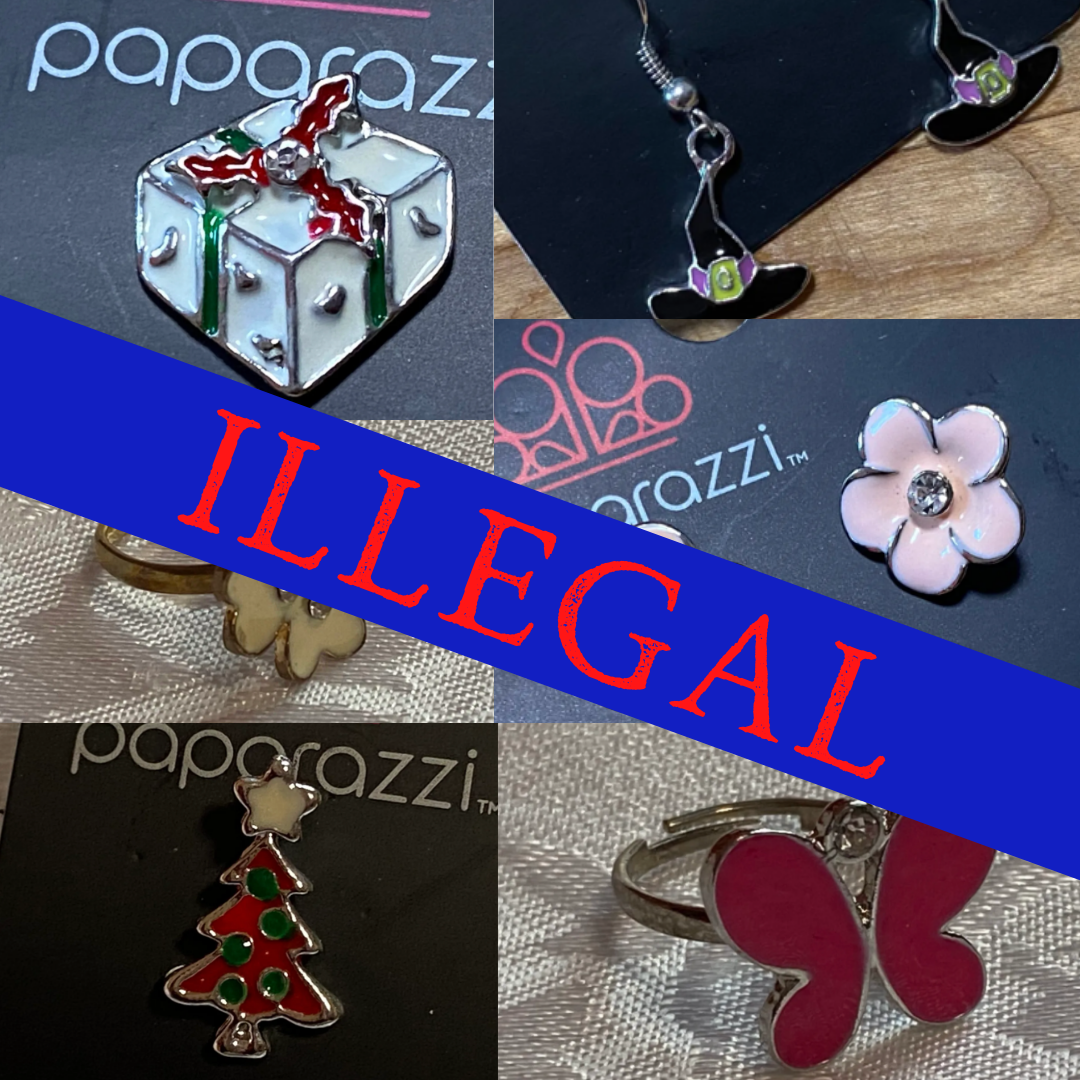
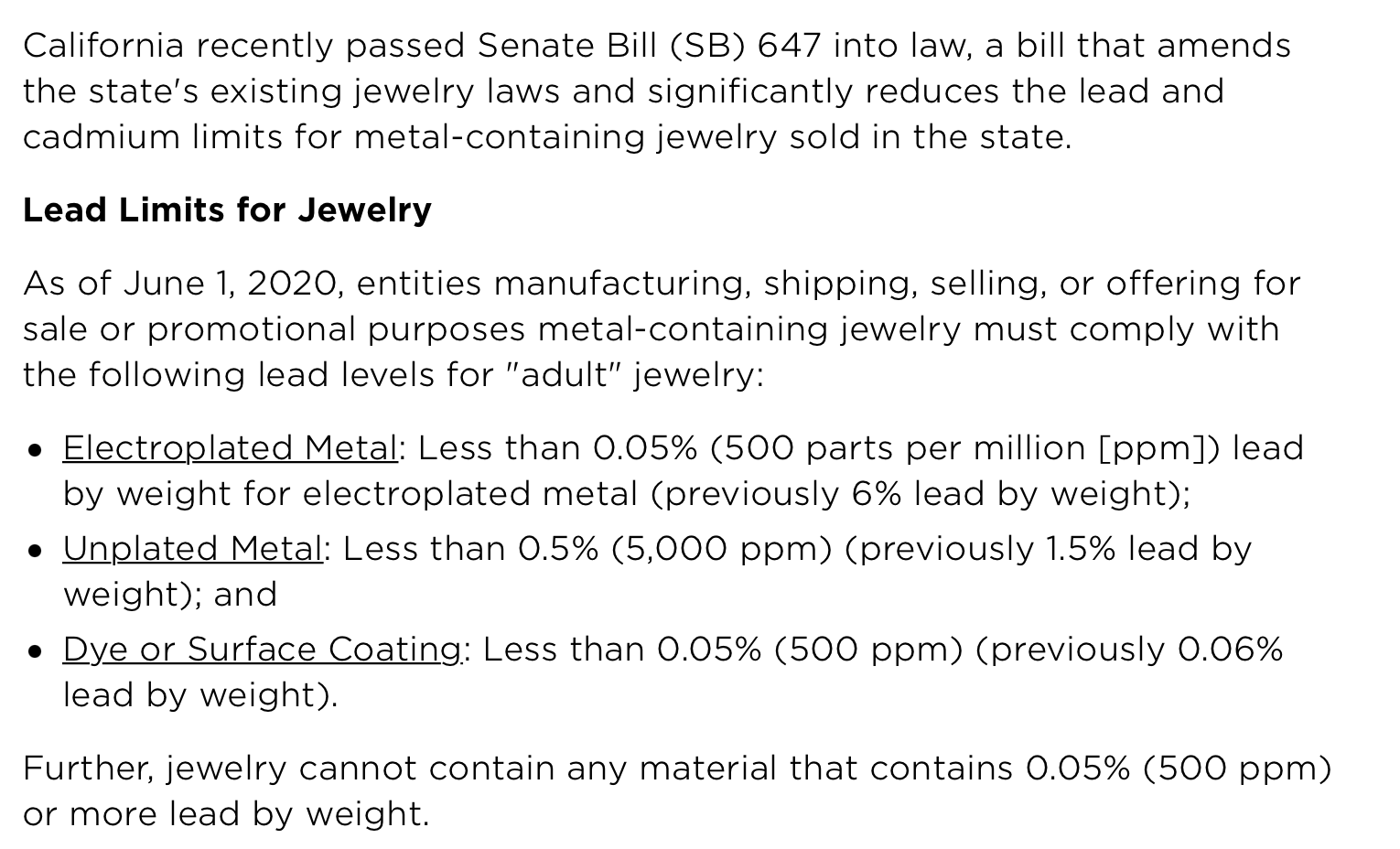
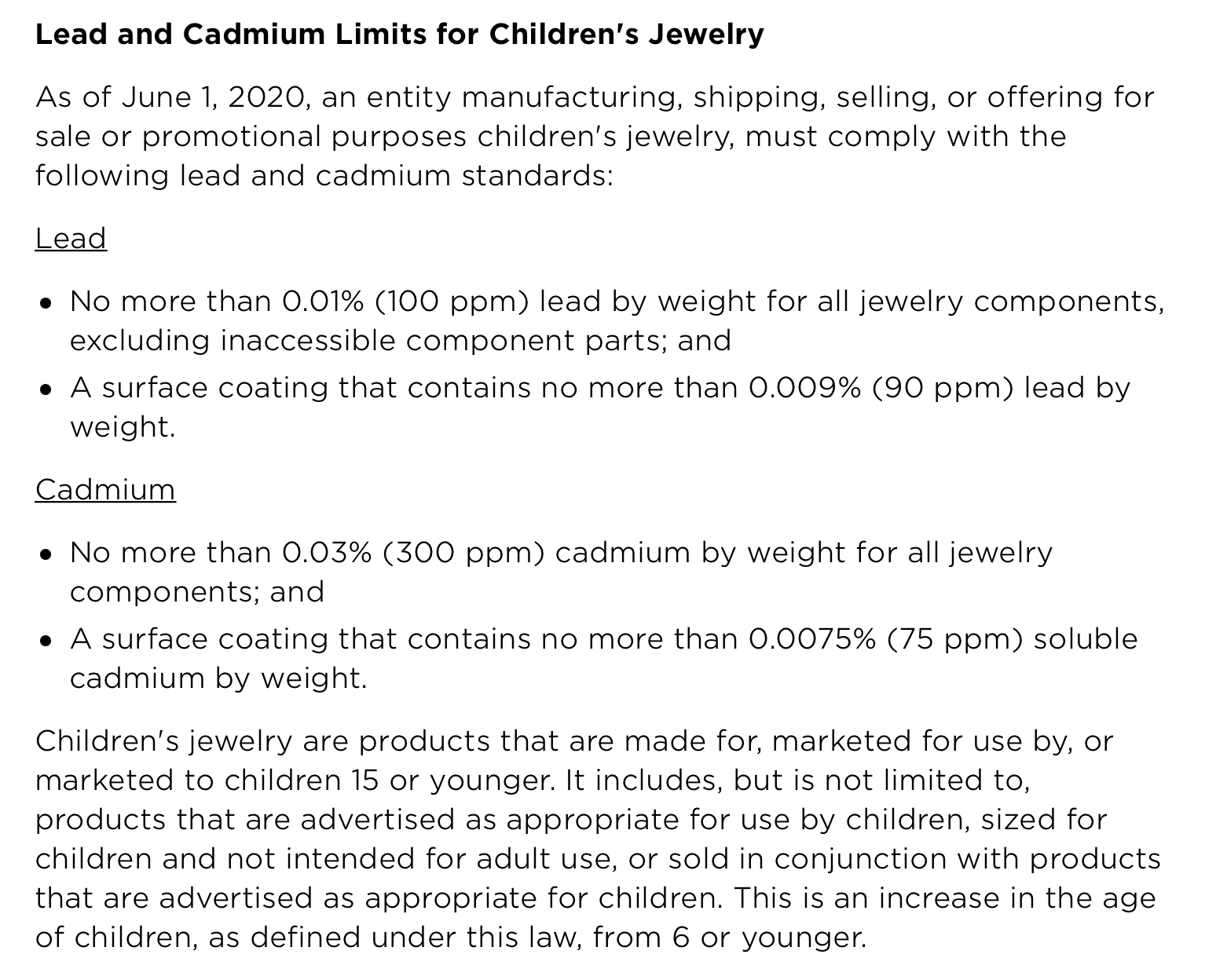
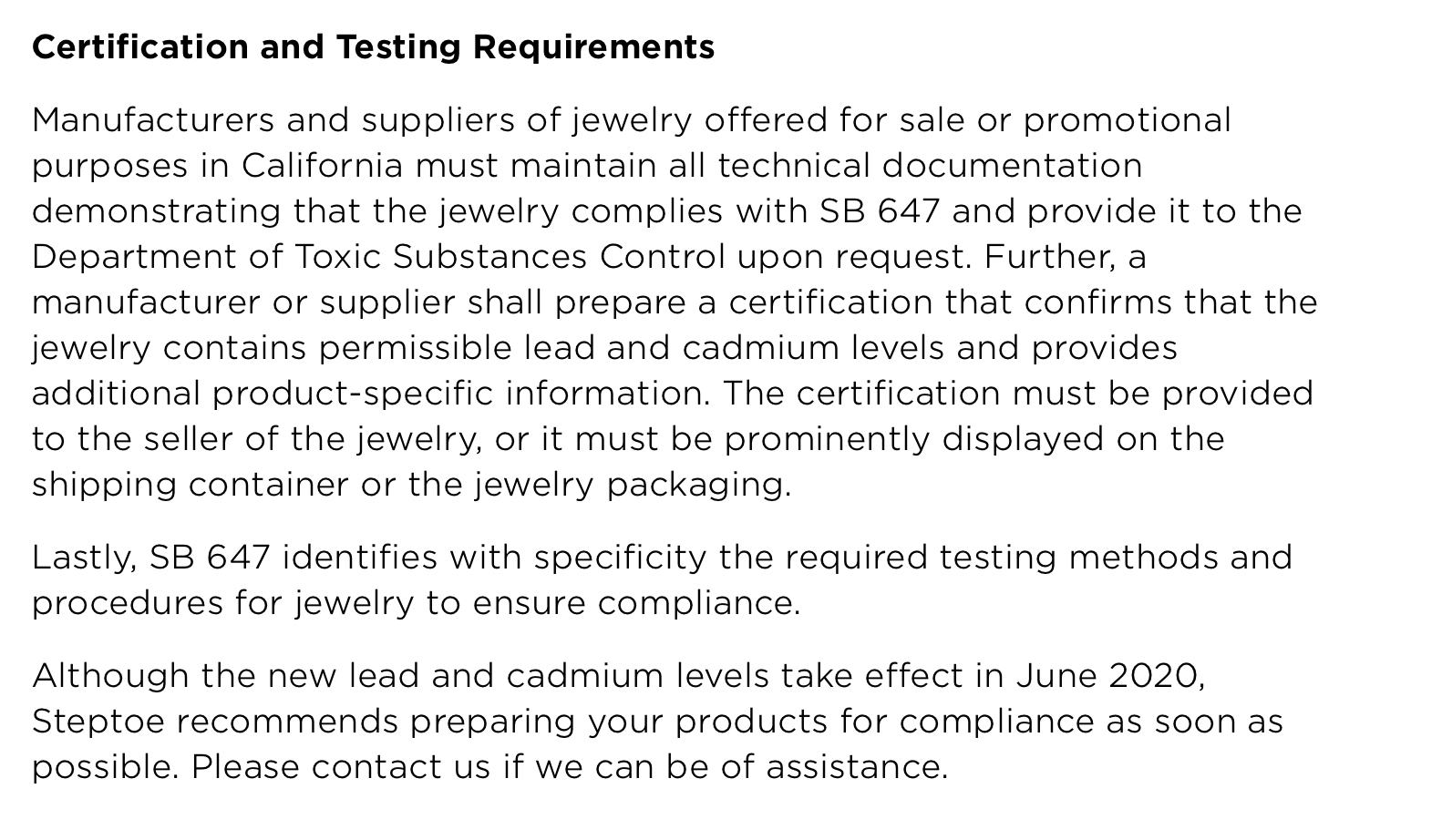
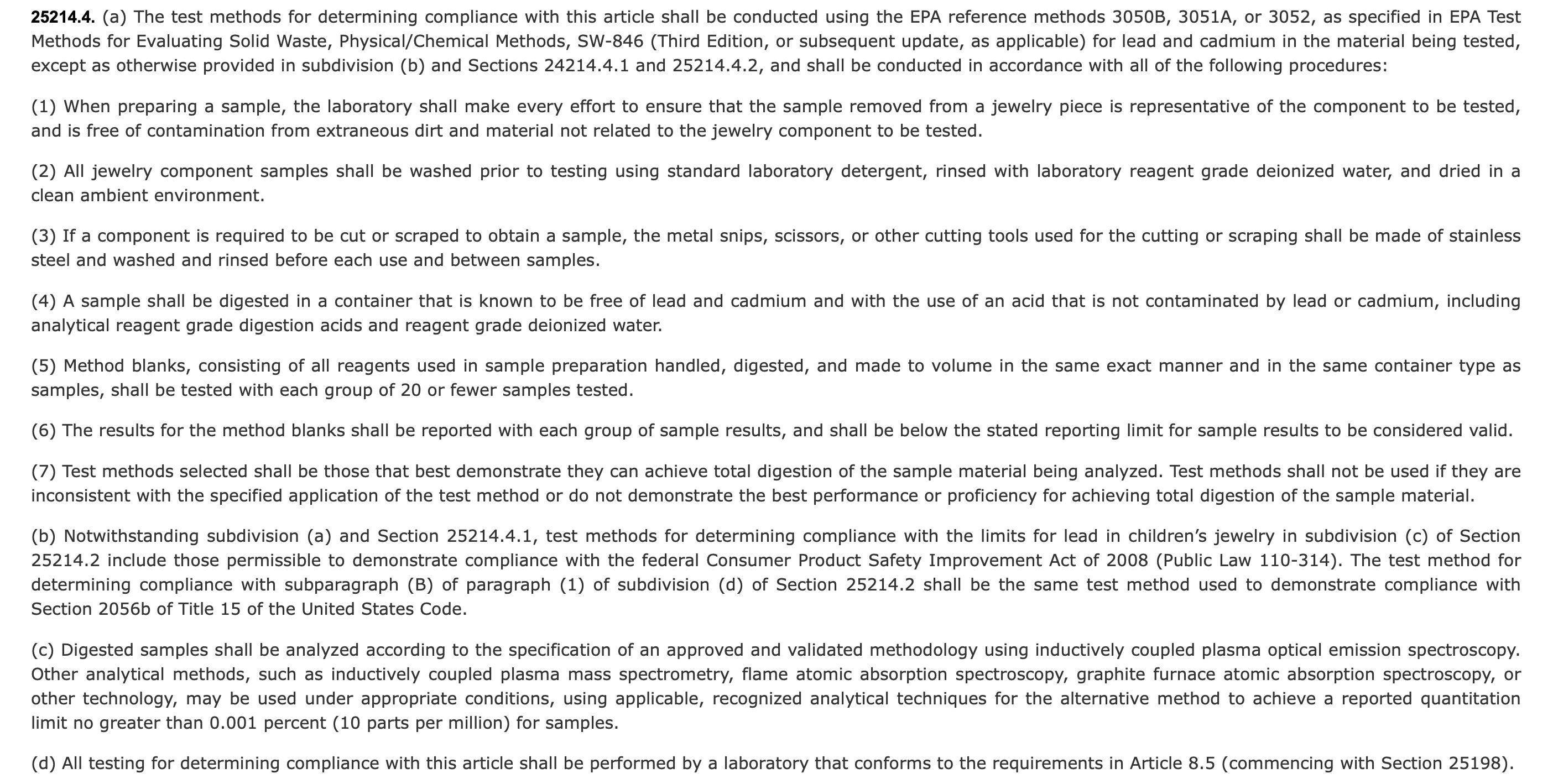
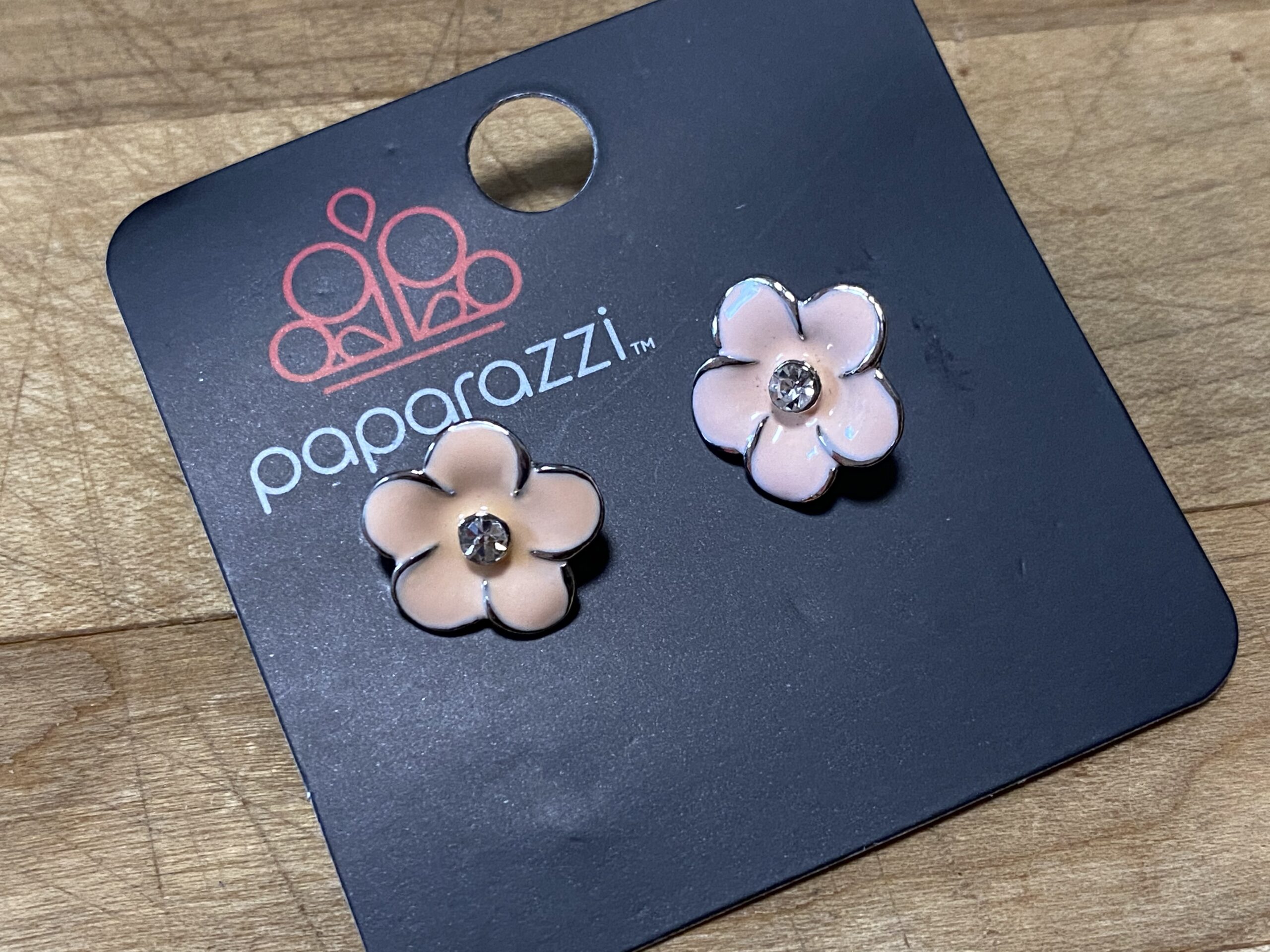 How XRF testing relates to the above testing methodology:
How XRF testing relates to the above testing methodology: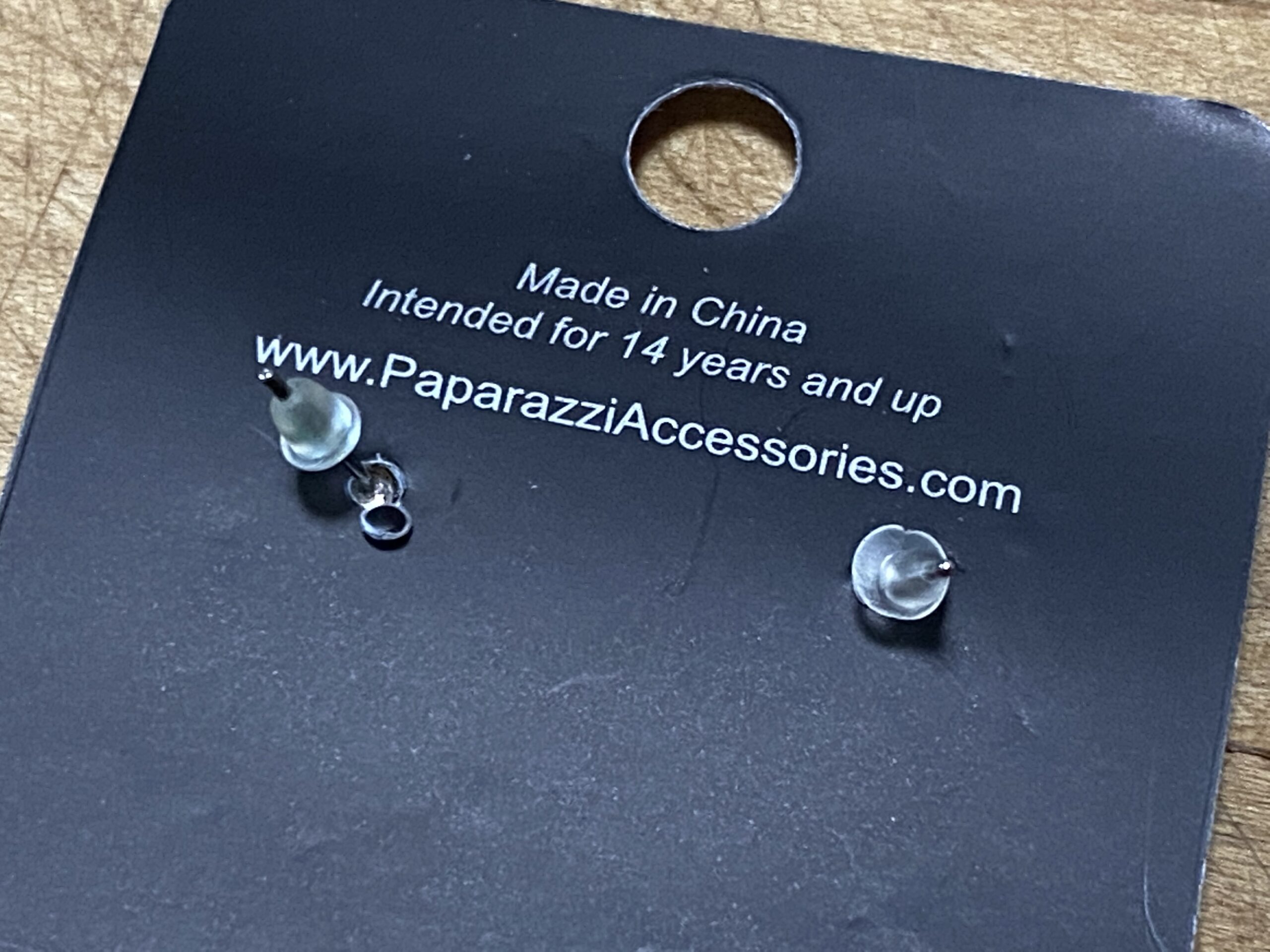

Yes was wondering wearing those earrings a lot could a child get poison
I bought a couple of dozen pieces of Paparazzi jewelry for myself over the course of several months in 2022. The customers were assured that the pieces were lead and nickel free, or I would not have bought them. I’m interested in learning more about this particular brand, as I’m now afraid to wear any of it.